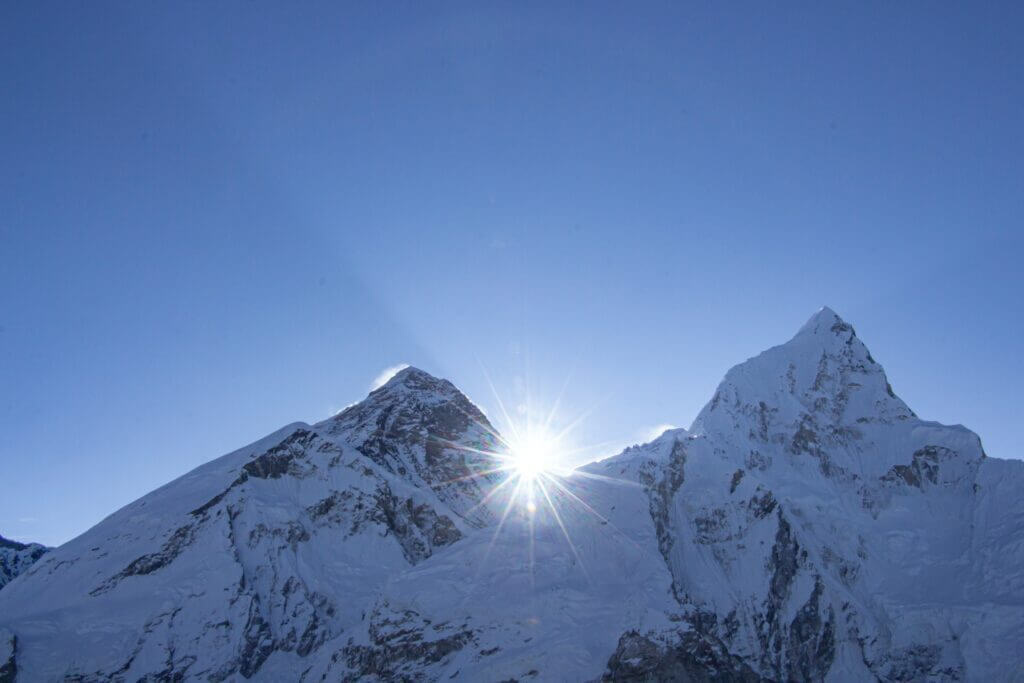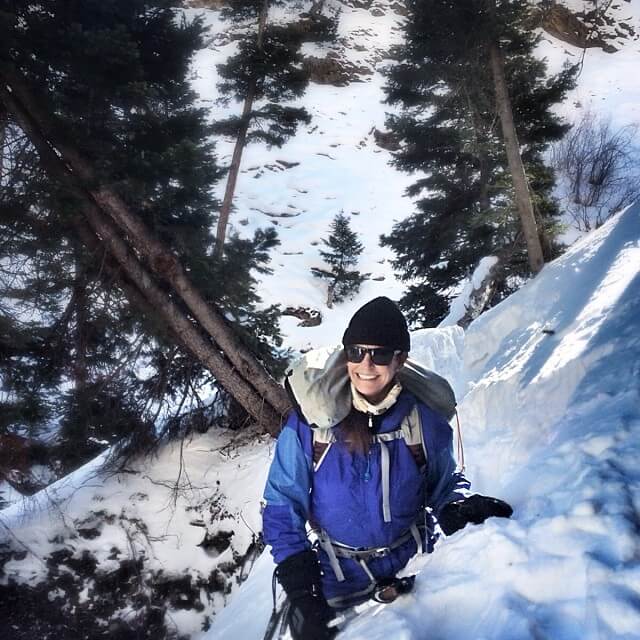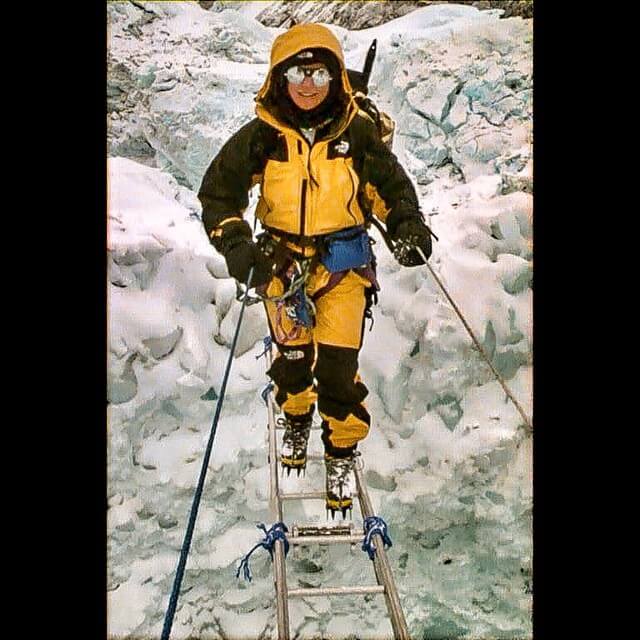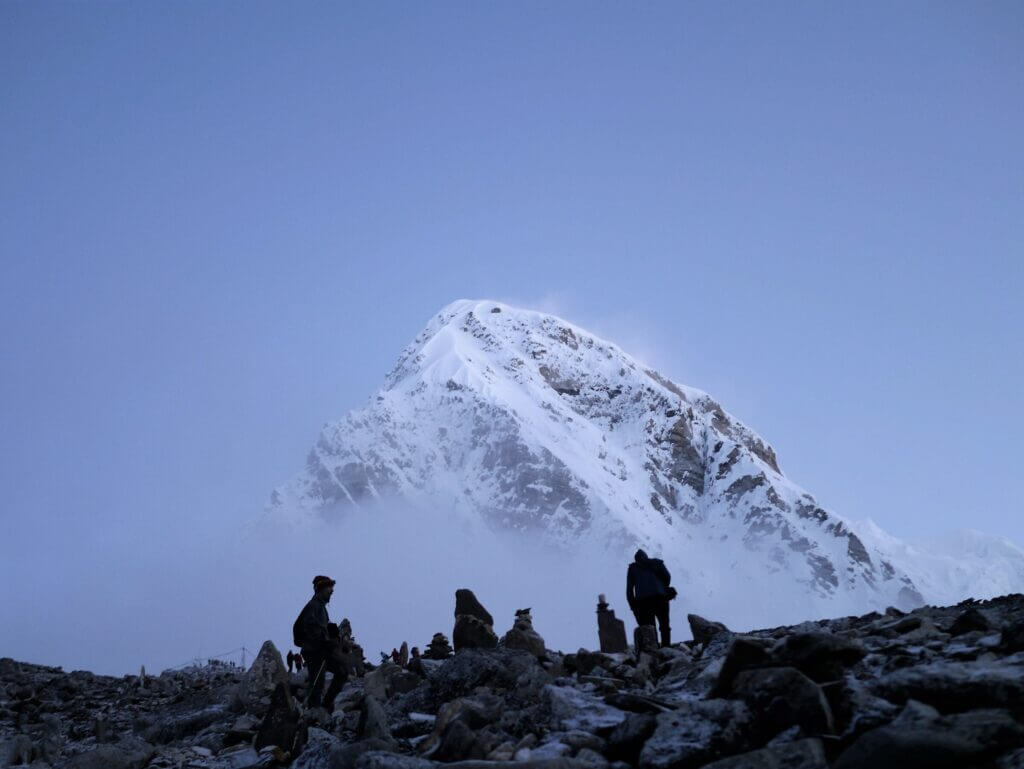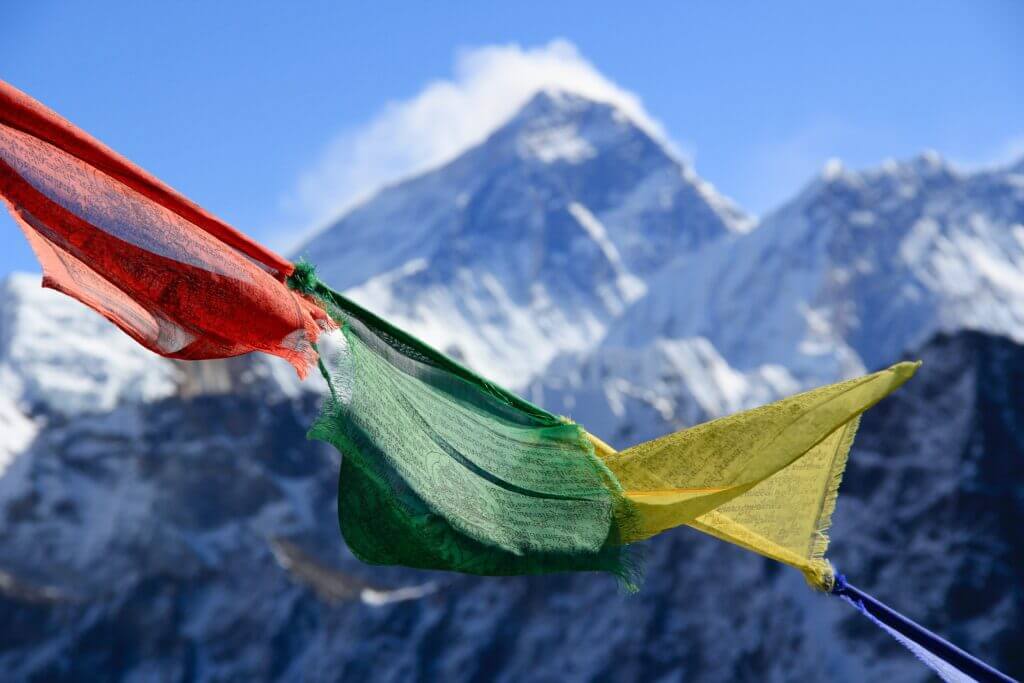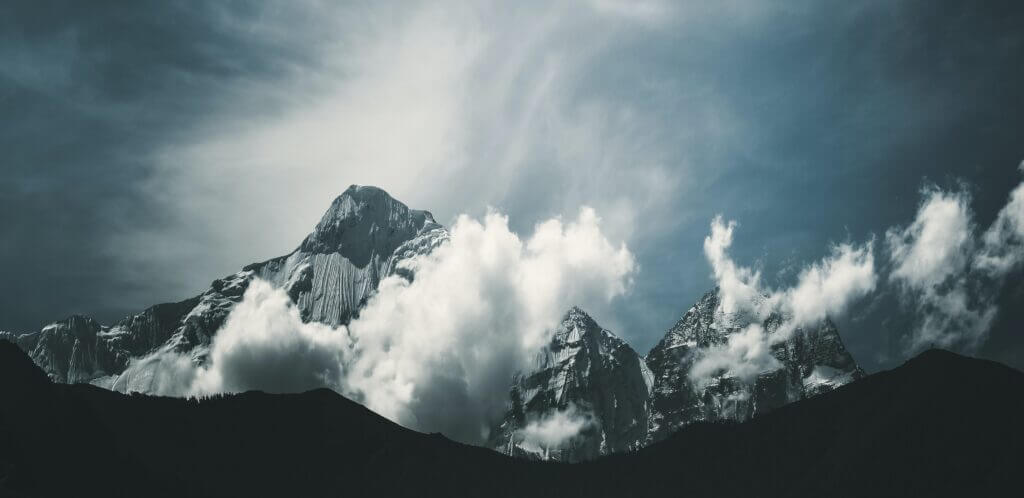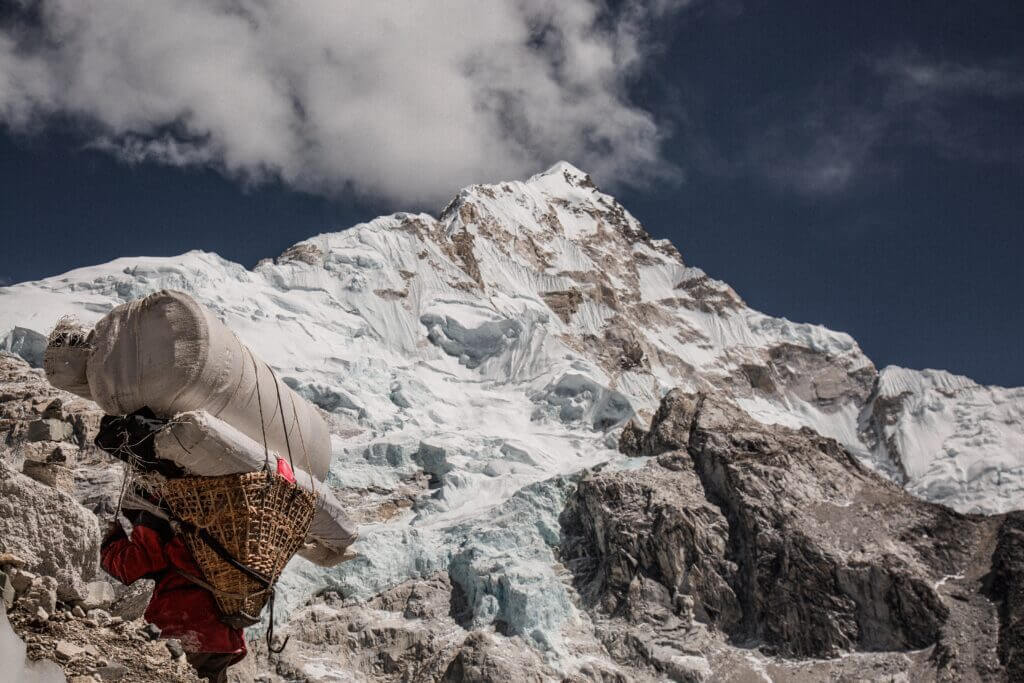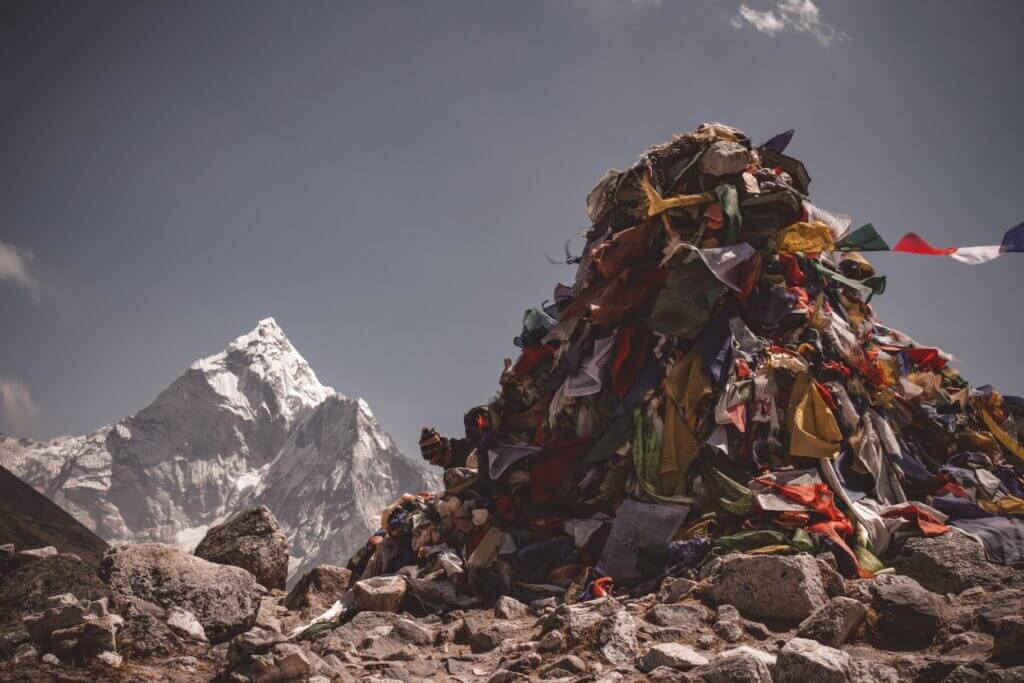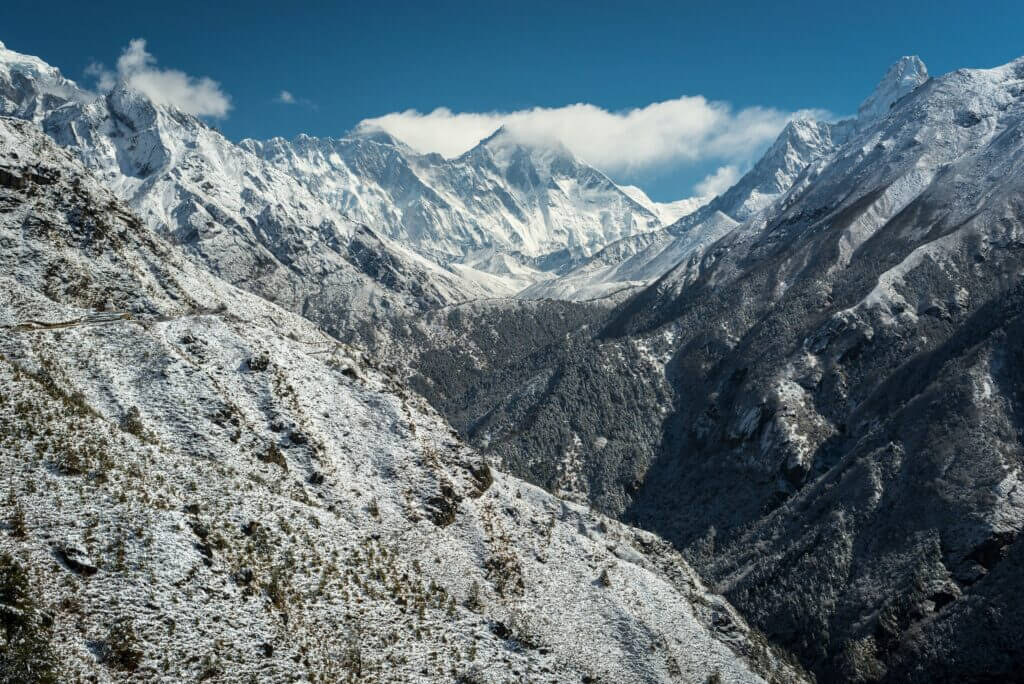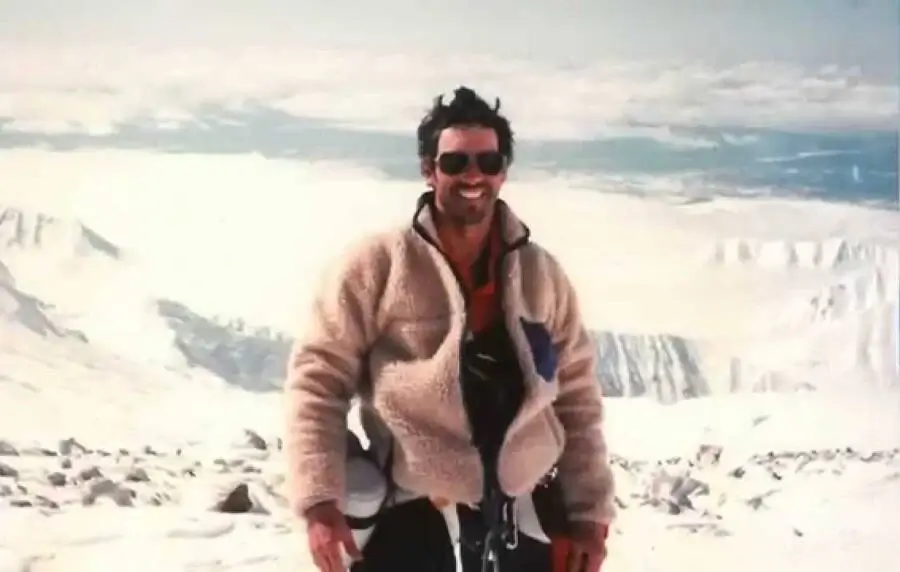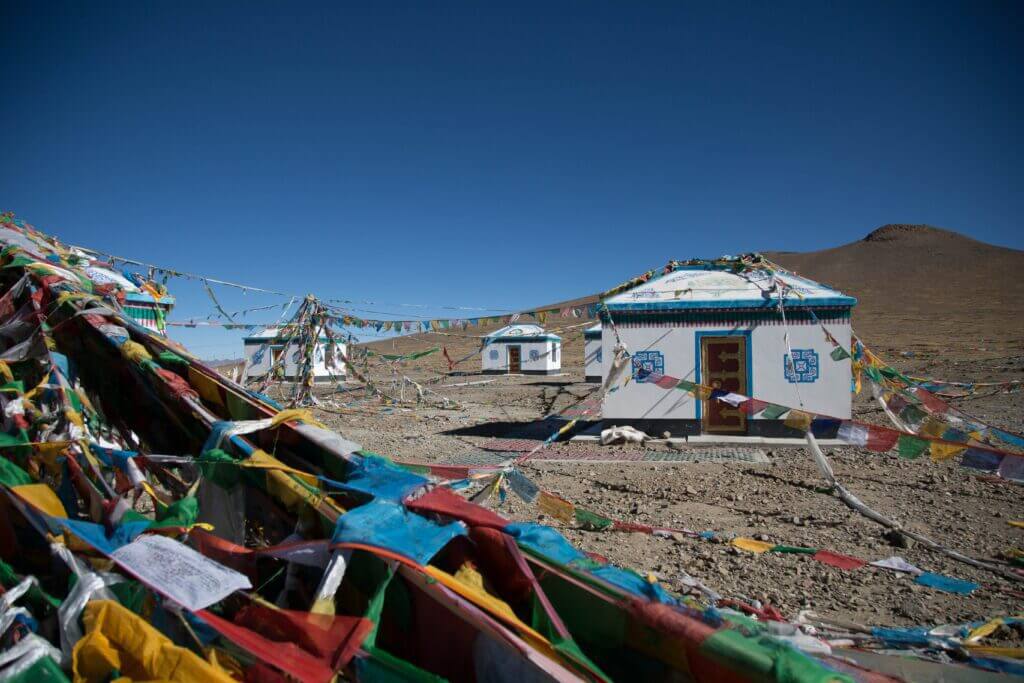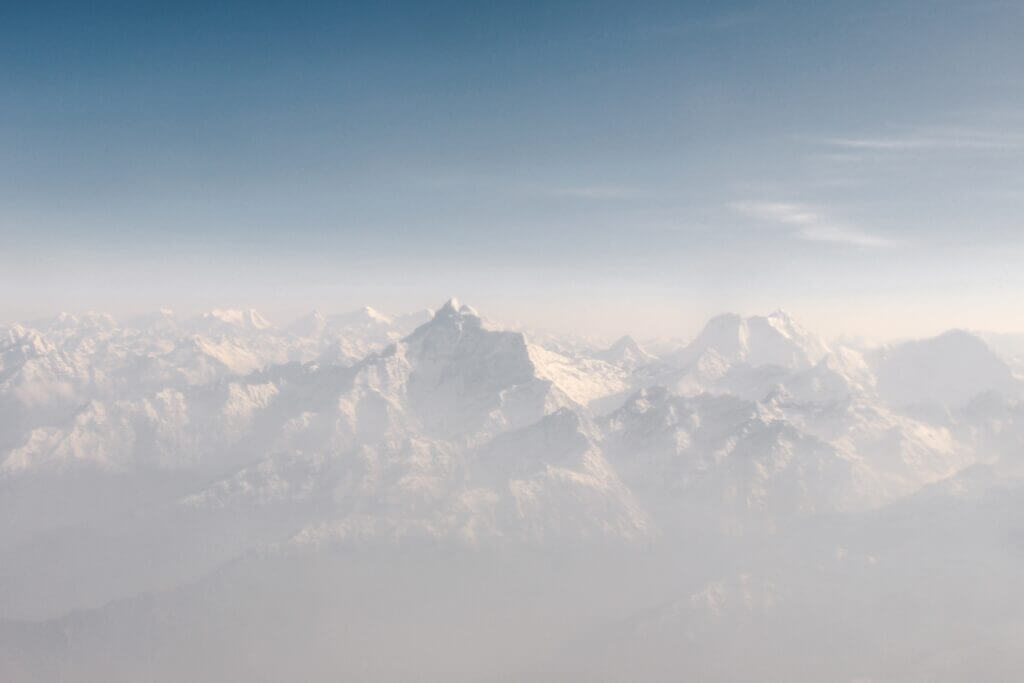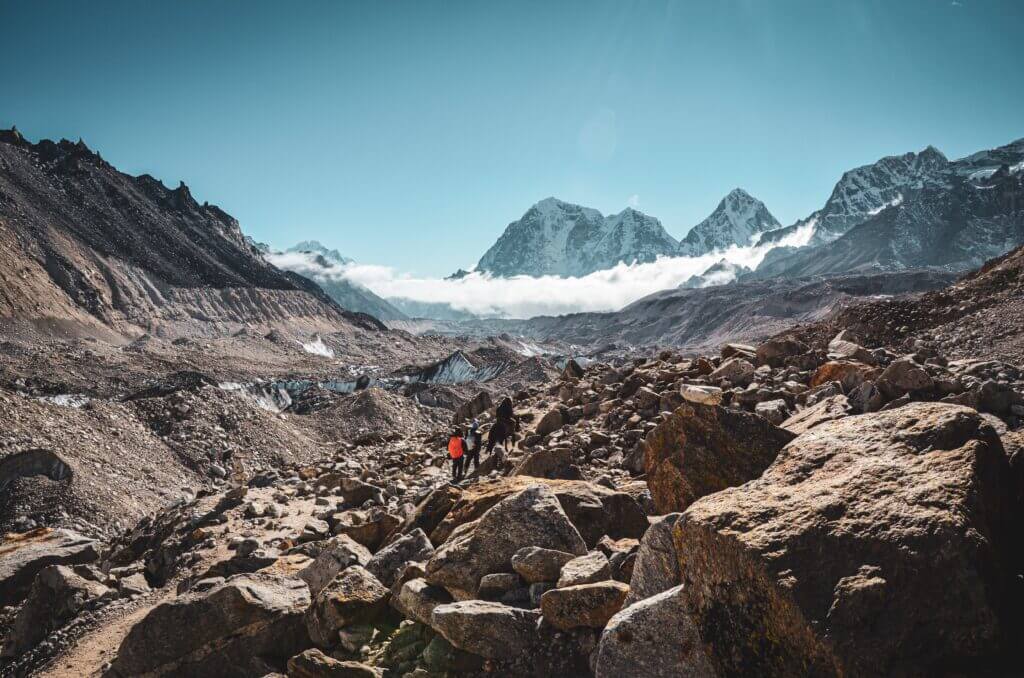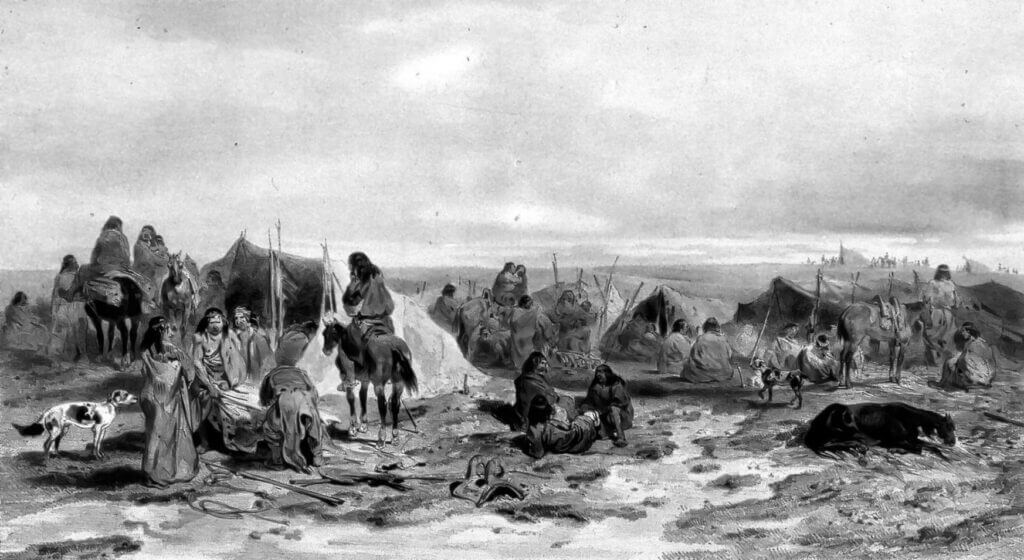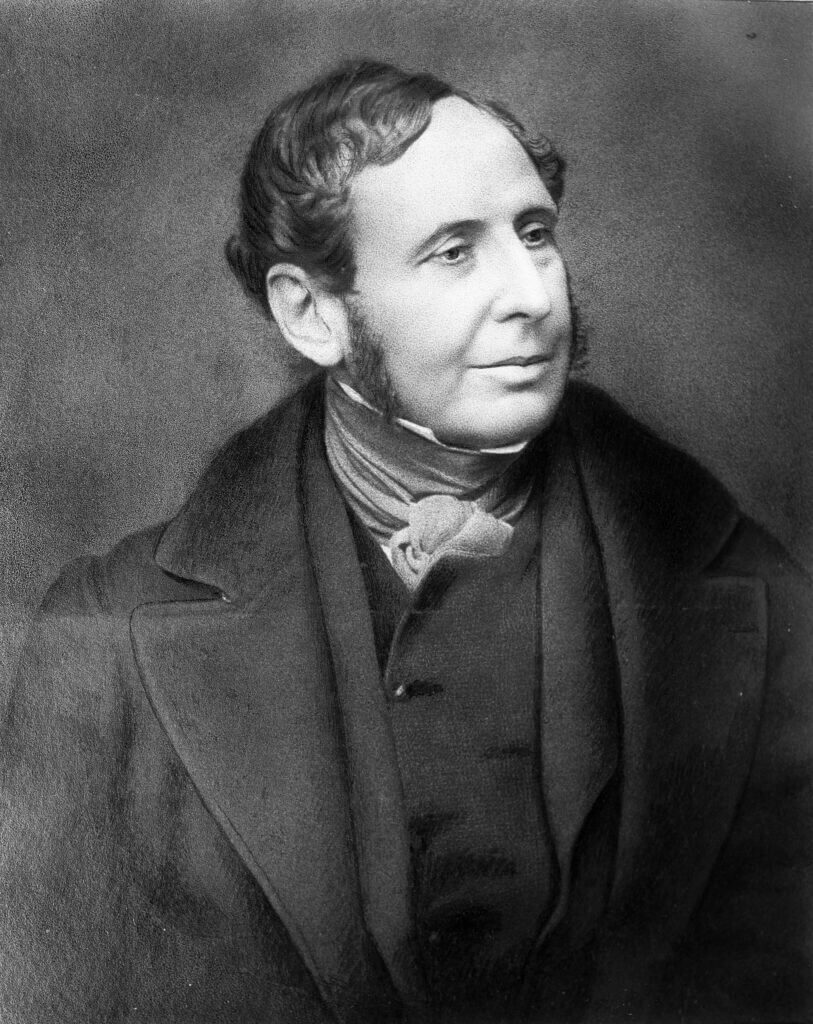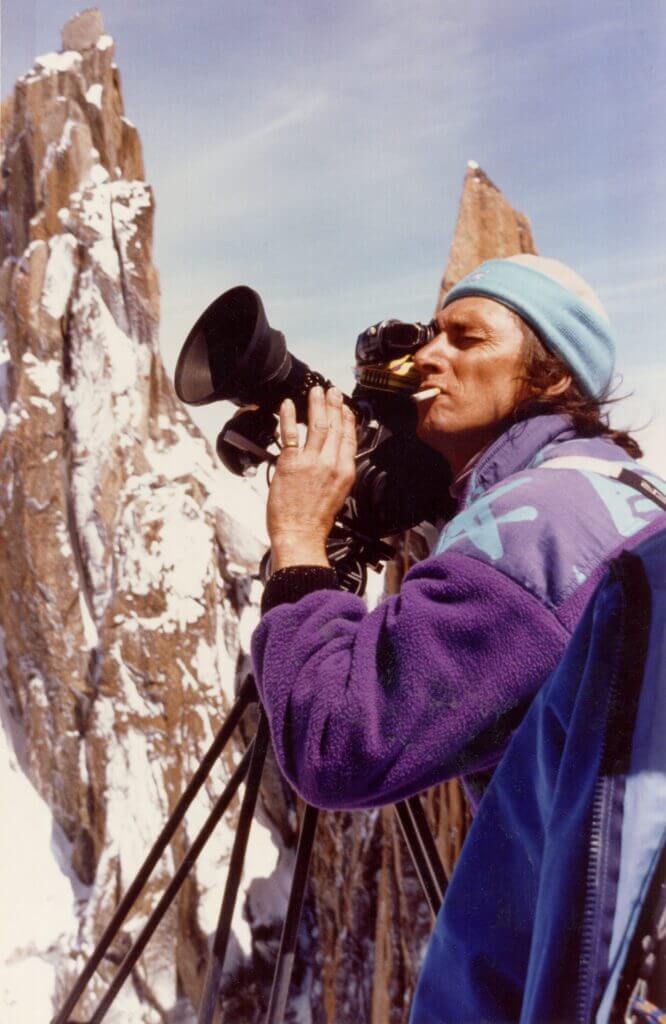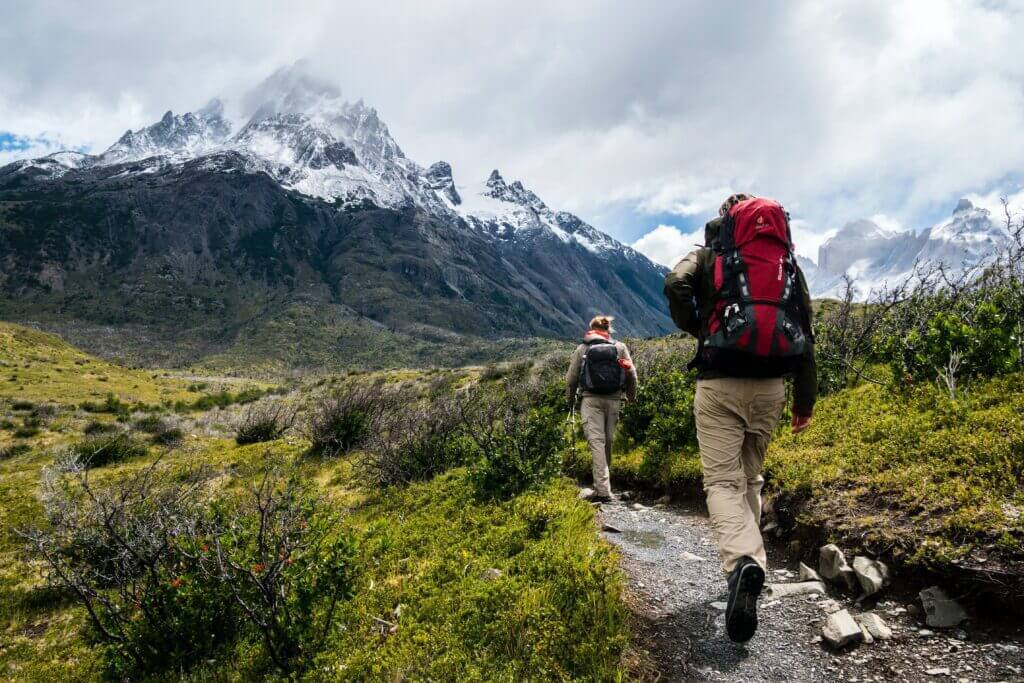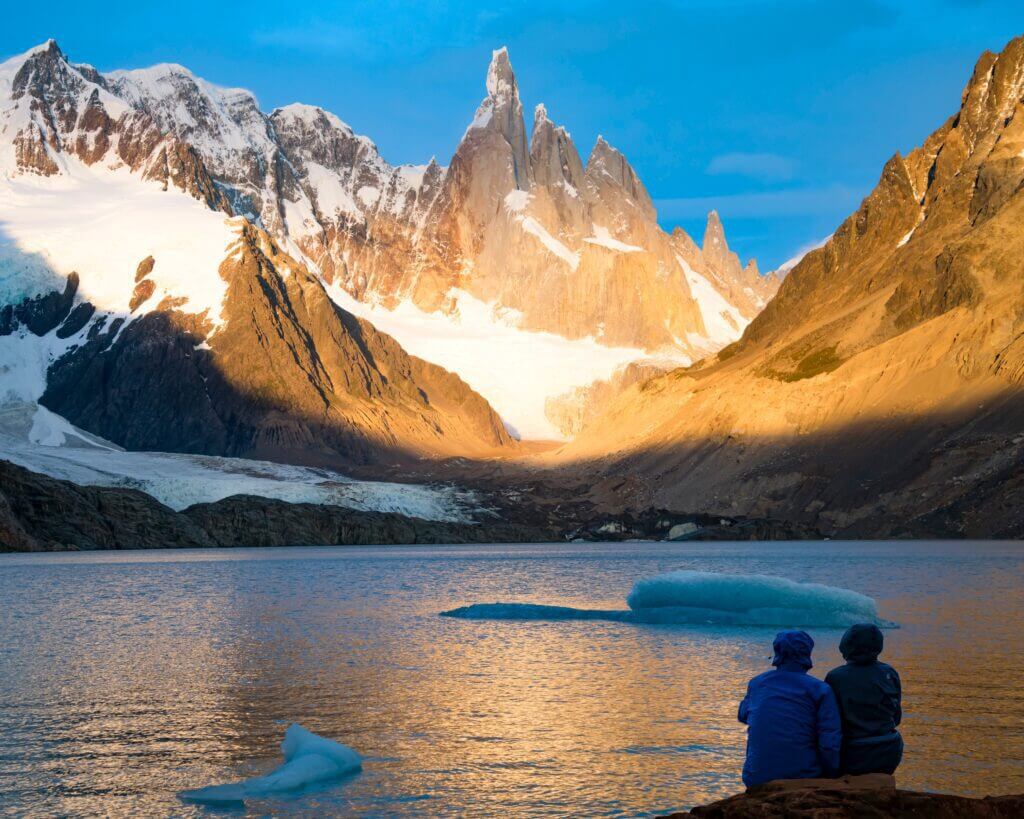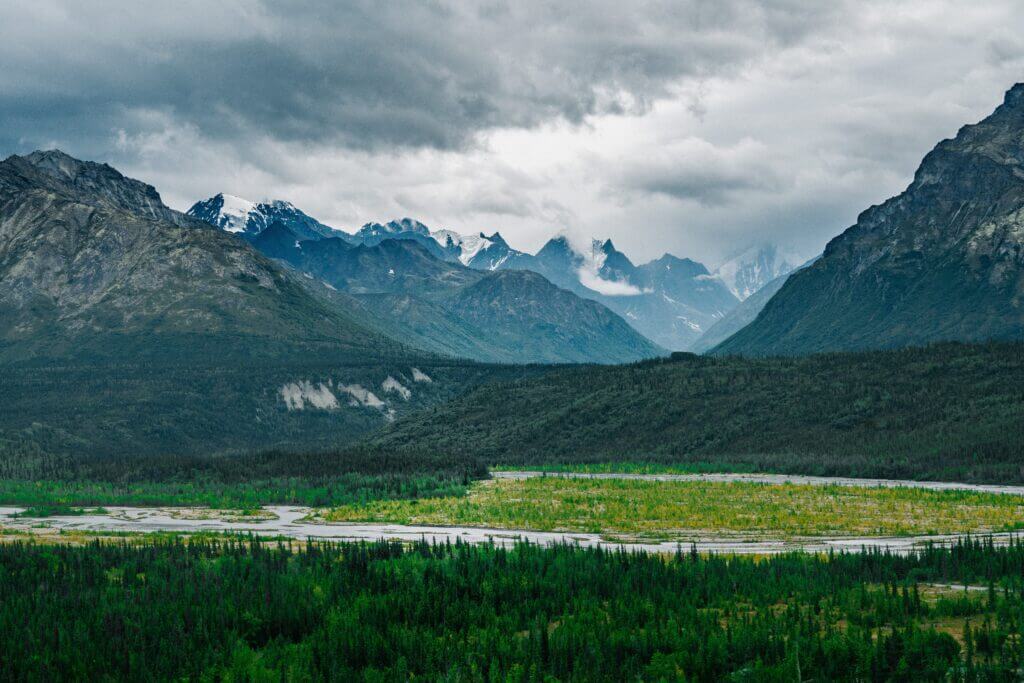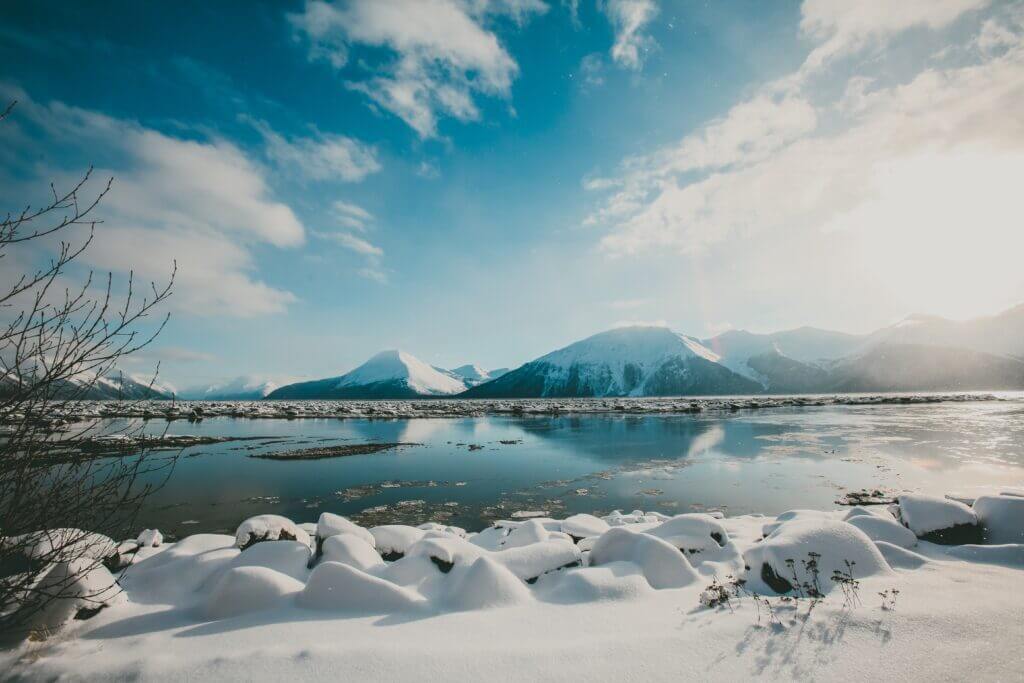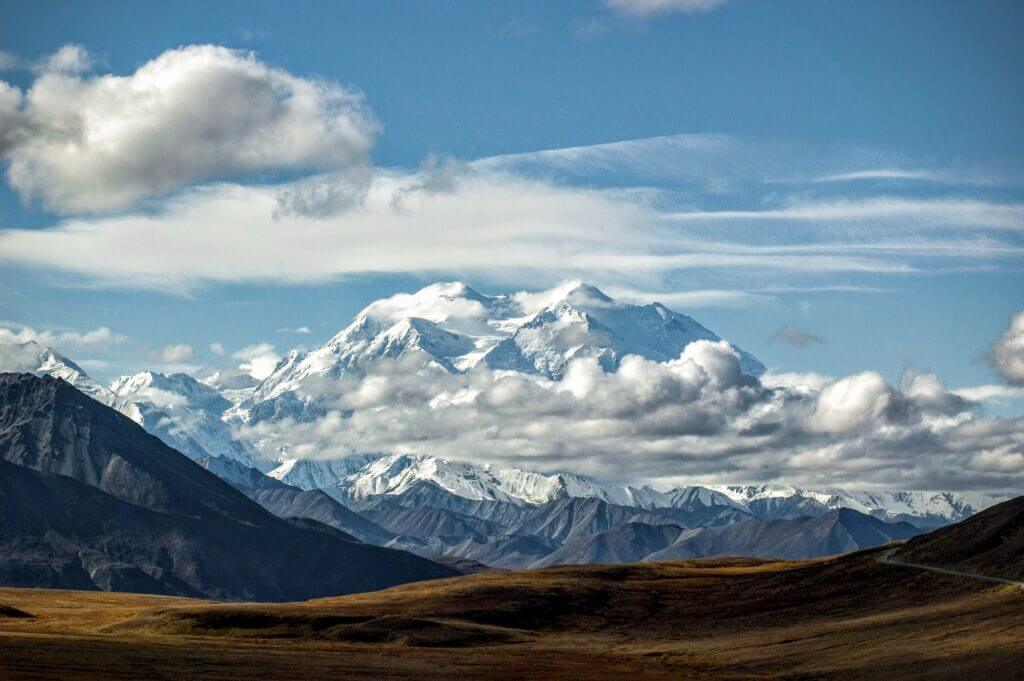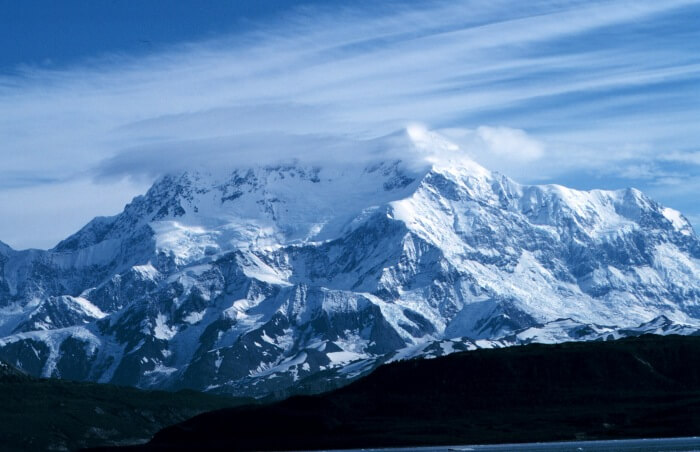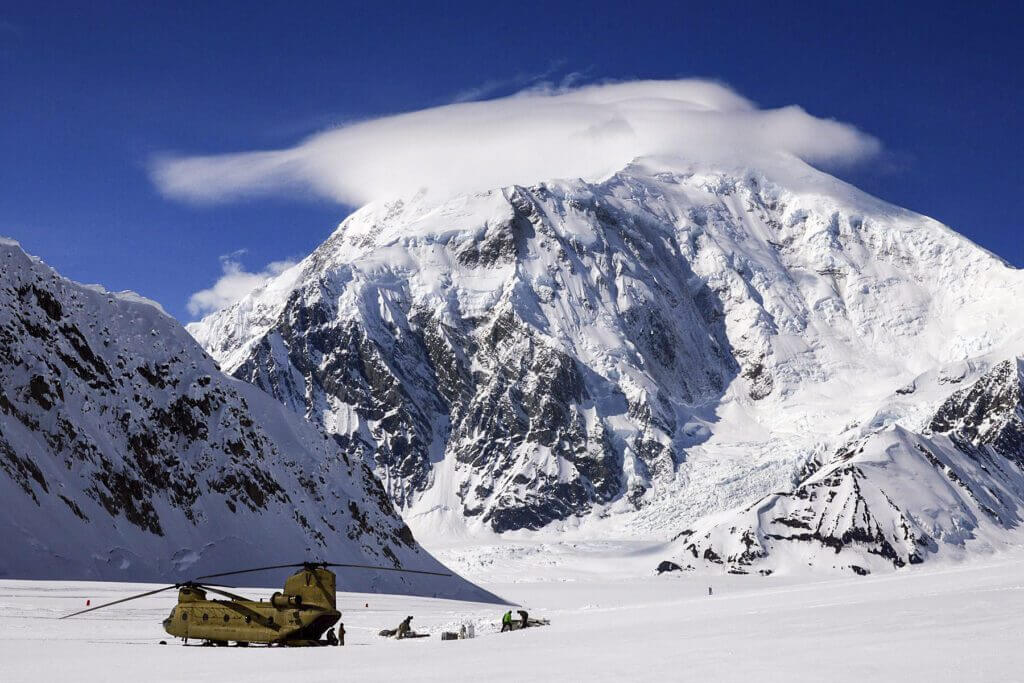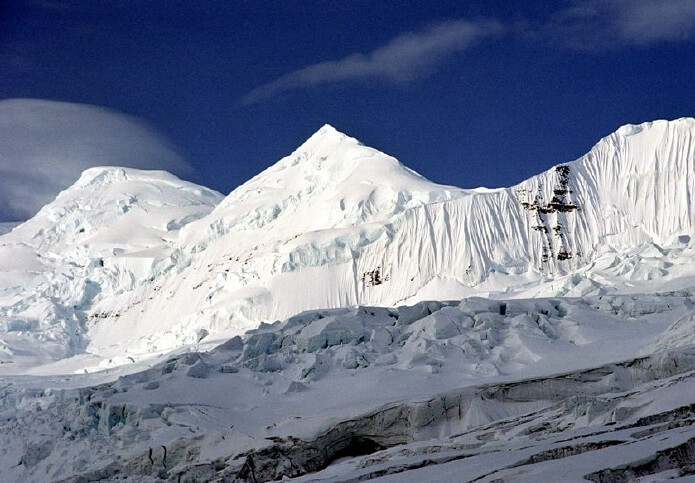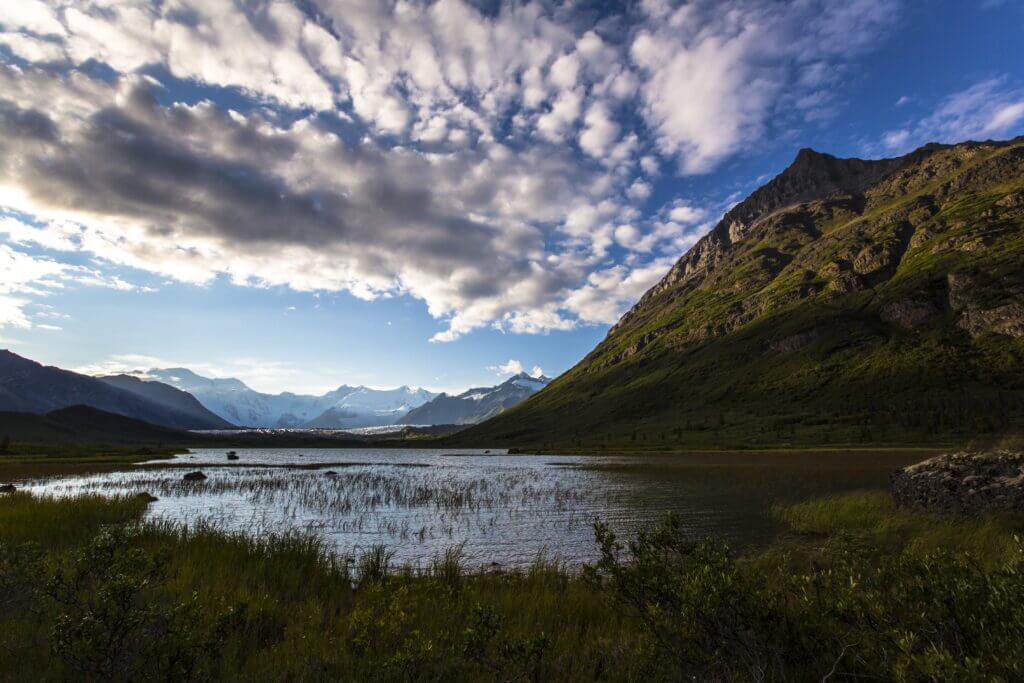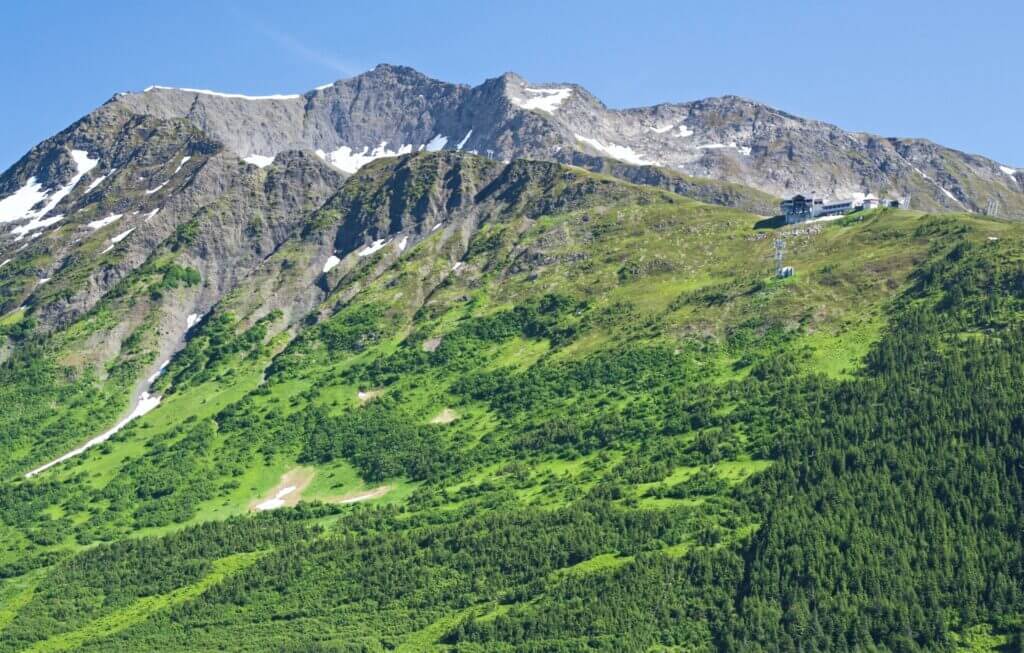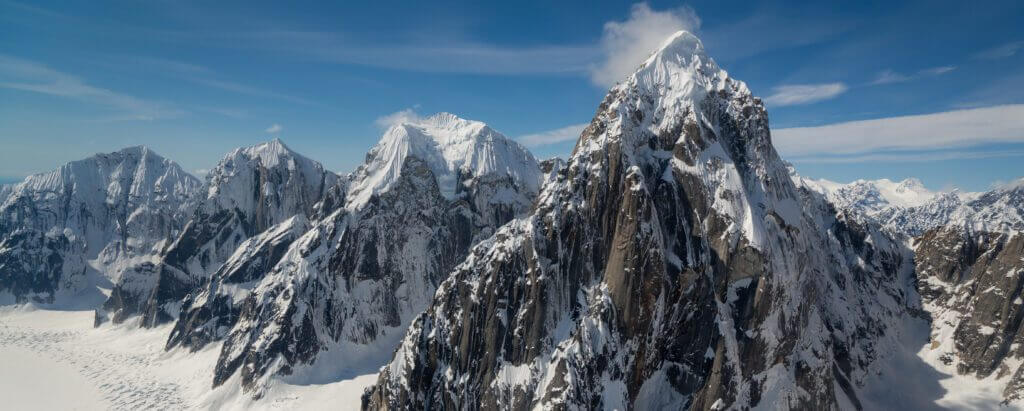Venturing into the wilderness requires trustworthy gear capable of withstanding nature’s unpredictable whims. At the heart of this adventure armour, there is often one name that resounds with confidence and innovation: GORE-TEX.
The narrative of this trailblazing brand began in the quiet town of Newark, Delaware. Where, in the basement of their family home, Bill and Genevieve Gore launched a company in 1959. Inspired by the enormous potential of a synthetic polymer, PTFE (polymer polytetrafluoroethylene). They embarked on a journey that would ultimately revolutionize the outdoor apparel industry.
It was their son, Bob Gore, who propelled the brand into a new frontier a decade later. His monumental discovery in 1969 — expanded PTFE, or ePTFE — emerged from rapidly stretching PTFE. The end product was an exceptionally robust microporous material blessed with a suite of desirable properties.
What is GORE-TEX made of?
Amidst the tempest’s icy thrall, steam tendrils coil from the piping stove, bringing a humid warmth to the room. Outside, a deluge is unleashed, falling rain skittering against the windowpane like erratic marbles. Drawing a comparison to a sash window slightly ajar, allowing the vaporous warmth to leave while defending against the onslaught of rain, GORE-TEX works with similar proficiency.
GORE-TEX is not an enigma but a marvel of scientific ingenuity. Its unique mechanism manipulates the nature of water, creating a unidirectional flow through the fabric. Yet, how does it achieve such a feat? The way GORE-TEX works is that it is not a singular substance but rather a trilaminar composite, each layer imparting distinct qualities to its final construct.
Envision a sandwich but in lieu of the usual edible constituents. The slices of bread are layers of resilient nylon. The filling, sandwiched between this robust exterior, is a layer of microporous Teflon.
GORE-TEX & Teflon
Teflon®, officially known as polytetrafluoroethylene or PTFE, is renowned for its slippery nature, most commonly associated with non-stick cookware.
Contrary to the popular belief that Teflon® is a by-product of the Apollo moon-landing program. It was serendipitously invented in 1938 by Roy Plunkett, a chemist from DuPont™, in his quest for a superior refrigerant. Its slippery properties are not solely beneficial for the effortless removal of fried eggs from the pan but serve another grander purpose—waterproofing.
Giant structures such as The O2 Arena, formerly known as the Millennium Dome, in London. Which exhibit grand displays of Teflon’s superior waterproofing. Despite its non-stick nature tempting the adventurous to attempt outdoor cookery atop these structures, the real purpose is far more pragmatic: keeping out the merciless onslaught of London’s rain. Such is the nature of GORE-TEX – a marvel of modern science that masterfully keeps the elements at bay while providing breathable comfort.
How does Gore-Tex work?
Key principles
Nestled within each square inch of a GORE-TEX membrane resides an astounding nine billion pores. These miniature gatekeepers are 20,000 times smaller than a single water droplet. Standing steadfast against any intrusion from rain or snow. Yet, they are simultaneously 700 times larger than a molecule of water vapour, granting an unhindered exit for sweat in its gaseous form. This brilliant design is the linchpin for how GORE-TEX works so well, contributing to an experience of dryness and comfort in the harshest weather conditions.
The nine billion pores per square inch are integral to the enduring waterproof nature of the GORE-TEX products, from jackets with GORE-TEX Paclite® technology To running shoes featuring GORE-TEX Invisible Fit product technology. This ingenious design ensures that all GORE-TEX products are rightfully “GUARANTEED TO KEEP YOU DRY™”.
However, GORE-TEX’s effectiveness is not limited to mere waterproofing. This unique membrane offers a trifecta of outdoor protection—it is waterproof, windproof, and breathable. Whether one is slicing through mountainous bike trails, or trudging through a frosty urban night, the membrane’s resistance against chilling winds is unyielding.
Moreover, the breathability of the GORE-TEX membrane results from the meticulous engineering of its billions of pores. They are large enough to allow sweat in its gaseous form to evaporate and exit, hence keeping the wearer dry and comfortable. This ingenious principle is what elevates GORE-TEX products beyond being merely waterproof to embody a harmonious balance of protection and comfort.
Understanding the Intricate Layers of GORE-TEX Fabric

In the labyrinthine world of high-performance textiles. GORE-TEX fabric stands as an elegant synthesis of complexity and sophistication. This tri-layered marvel seamlessly integrates a conventional outer shell with a duo of distinct GORE-TEX layers. Each layer imparts its unique waterproof-breathable attributes to the ensemble.
Residing in the innermost confines of this trilayer architecture is a delicate, thin membrane. This layer, imbued with hydrophilic properties, harbors an affinity for water. It functions as a one-way valve for water vapor. Letting perspiration escape while staunchly barring the intrusion of liquid water. Unlike traditional textiles, which utilize capillary action for moisture transportation akin to the journey of water from the roots to the leaves of a plant, GORE-TEX works by employing diffusion. Here, the difference in water concentration between the body and the outer environment drives moisture from the inside to the outside.
Adjacent to this inner hydrophilic film lies a thicker, robust outer layer crafted from a microporous plastic polymer such as Teflon. This layer wears the mantle of hydrophobia, repelling incoming water with remarkable efficiency, whether it assails with relentless force during a torrential downpour or tugs and strains during the kinetic movements of a vigorous hike. This hydrophobic layer deftly repels the onslaught of rain droplets, which “bead” and cling to its surface instead of infiltrating the fabric. Yet, much like its hydrophilic counterpart, it enables the expulsion of perspiration through diffusion.
What Is The Need For Two Distinct Layers In The GORE-TEX Fabric?
The answer lies in their beautifully orchestrated partnership. The outer layer fortifies the delicate inner layer while also serving as a thermal insulator, reducing heat loss and fostering warmth. If it fails in its hydrophobic duties, it may soak up rain, consequently cooling the inner layer and chilling the wearer. Thus, in a sublime symphony of synergy, the dual-layered GORE-TEX fabric works tirelessly to repel water, conserve heat, and allow perspiration to escape, ensuring an optimum balance of comfort and protection.
The Delicate Interplay between GORE-TEX and Water’s Many Forms
The Rigorous Journey of GORE-TEX Fabric from Membrane to Masterpiece
Concealed beneath its robust exterior, the heart of the GORE-TEX fabric is an ultra-thin membrane, a mere 0.01mm thick. This delicate marvel is fused with high-performance linings and resilient outer textiles, resulting in the exceptional GORE-TEX laminate, the bedrock of various product technologies.
This intricately constructed laminate is the canvas upon which favoured brands design their masterpieces — be it jackets, trousers, boots, gloves, or more. Yet, ensuring the integrity of the GORE-TEX membrane is paramount. This commitment is manifest in the rigorous testing that each and every product undergoes. Despite the unconventional practice of scrutinizing creations made by others.
This may seem an oddity, yet the rationale is uncomplicated. The pursuit of excellence is relentless, with standards reaching lofty heights. The end goal is not merely to uphold. These standards but to ensure that the products bearing the GORE-TEX insignia meet the consumers’ expectations. Delivering the comfort and protection that have become synonymous with the brand.
How GORE-TEX Exploits the Magic of Water for Remarkable Breathability?
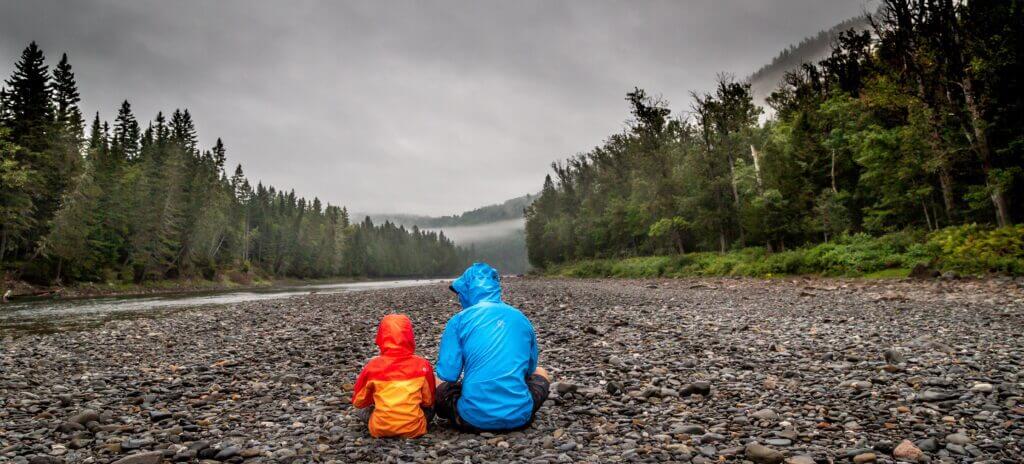
At the heart of GORE-TEX’s remarkable breathability lies the element Teflon. A form of microporous Teflon, it is not wholly waterproof, marked by minuscule holes or pores. These pores, less than one micrometre in diameter—virtually one-fiftieth the size of a human hair—play a critical role in distinguishing between different forms of water.
Perspiration generated by the body takes on the state of steam, an aeriform variant of water, in contrast to a liquid state. Where molecules are closely bound, gaseous molecules enjoy boundless liberty, filling the entire space they are accorded. A single water molecule finds itself approximately 700 times smaller than the pores that dot the landscape of the microporous GORE-TEX material. This size differential enables the steam, a byproduct of perspiration, to embark on a seamless journey. It starts by commencing at the skin, coursing through the intricate web of GORE-TEX via a mechanism termed as diffusion, and finally securing its release beyond the boundary of the clothing.
Contrastingly, rainwater, composed of liquid droplets, each holding trillions of water molecules, interacts differently with GORE-TEX. A single rain droplet is approximately 20,000 times larger than the pores in microporous GORE-TEX. Making the fabric impenetrable to it.
Thus, the astounding secret of how Gore-Tex works lies not only in the exceptional properties of the material itself but also in the intrinsic magic of water—the single most phenomenal “material” nature has to offer. This fascinating interplay of water in its various forms with the microporous Teflon creates the remarkable breathability that sets GORE-TEX apart in the realm of modern textiles.
The types of Gore-Tex and its alternatives
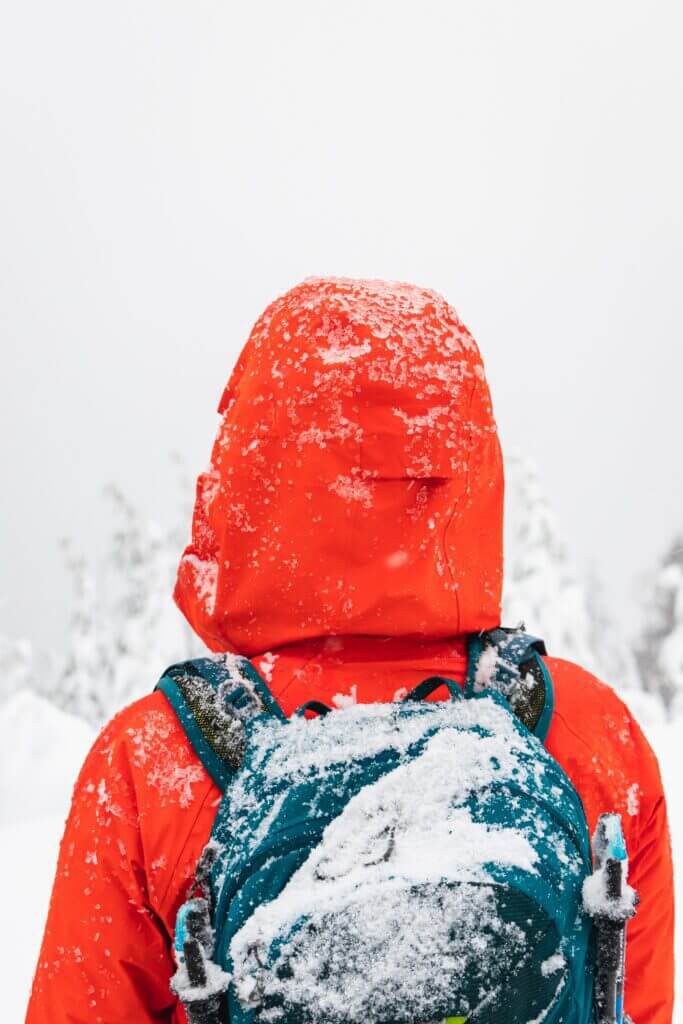
Some versions of Gore-Tex
Identifiable by the distinctive “white diamond” emblem, GORE-TEX INFINIUM™ products are meticulously engineered for weather-resilient comfort and performance, sidestepping complete waterproofness.
INFINIUM™ garments boasting a persistent beading surface feature a water-resistant exterior with a pleasingly soft texture. It is cleverly designed to repel light precipitation so it beads and runs off. This nimble resistance to moisture keeps the garment lightweight and cosy, while its wholly windproof build also breathes and enables moisture escape, forestalling any uncomfortable dampness. Ideal for moderate climates, this outerwear perfectly suits unpredictable weather patterns.
Offering a harmonious microclimate, even during intense activities, GORE® WINDSTOPPER® garments provide agile, wind-resistant protection. Durably windproof, water-resistant, and remarkably breathable, these garments help mitigate overheating risks. Often coated with a durable water repellent (DWR) for added resilience, WINDSTOPPER® garments strike a perfect balance between coverage, weather protection, and bulk minimization.
Footwear featuring GORE-TEX THERMIUM™ technology exudes style with warmth for the outdoors and comfort for indoor environments. Their sleek silhouette and compact profile ensure toe protection without compromising the aesthetics or adding unnecessary bulk. This technology ensures warmer feet in outdoor settings while maintaining indoor comfort, eliminating the need for an assortment of specialized footwear.
GORE-TEX INFINIUM™ gloves work by employing stretch technology that promises a snug fit for improved dexterity. Constructed with soft, 3D-shaped material. These gloves offer exceptional breathability and complete windproof performance. Unlike other gloves that compromise dexterity due to numerous seams and excess bulk, GORE-TEX INFINIUM™ gloves employ a single-seam construction. This reduces potential failure points and ensures a precise fit, facilitating intricate tasks without glove removal.
GORE-TEX Pro, with its superior durability compared to the original GORE-TEX, is a favourite choice for rigorous outdoor activities. Its enhanced performance characteristics make it equally popular in cold-weather attire.
Alternatives to GORE-TEX
While GORE-TEX has earned its reputation as a high-performance, waterproof, and breathable textile. It is not the only player in this sphere. Numerous alternative textiles, each with its unique strengths, await those seeking outdoor attire.
Among the popular alternatives, eVent® and SympaTex® stand out. eVent clothing, has a construction similar to GORE-TEX that features three layers. They are an internal backing fabric, a wicking PTFE membrane in the middle drawing moisture away, and a water-repellent exterior.
On the other hand, SympaTex utilizes a unique approach. Instead of using micropores, like GORE-TEX and eVent, it employs a copolymer consisting of hydrophobic polyester and hydrophilic polyether. While the polyester deflects water from the exterior, the polyether absorbs interior moisture, channelling it away from the body. However, it accomplishes this feat without any discernable pores.
Numerous apparel companies have ingeniously created their own breathable, waterproof textiles. Patagonia. For example, has conceived H2No®, a dual-layer polyester/polyurethane fabric with a water-repellant shell and breathable membrane. Rohan offers Barricade™, a fabric with a porous membrane similar to how GORE-TEX works. While The North Face introduces a polyurethane coating named DryVent™ (formerly HyVent™). These proprietary fabrics give clothing manufacturers the advantage of promoting their own products and dodging the hefty licensing fees associated with third-party textiles.
However, the vast array of choices can bewilder consumers. Which textile would best suit cycling, running, everyday commutes, and so on? Thorough research and review exploration is highly recommended before finalizing any purchase.

